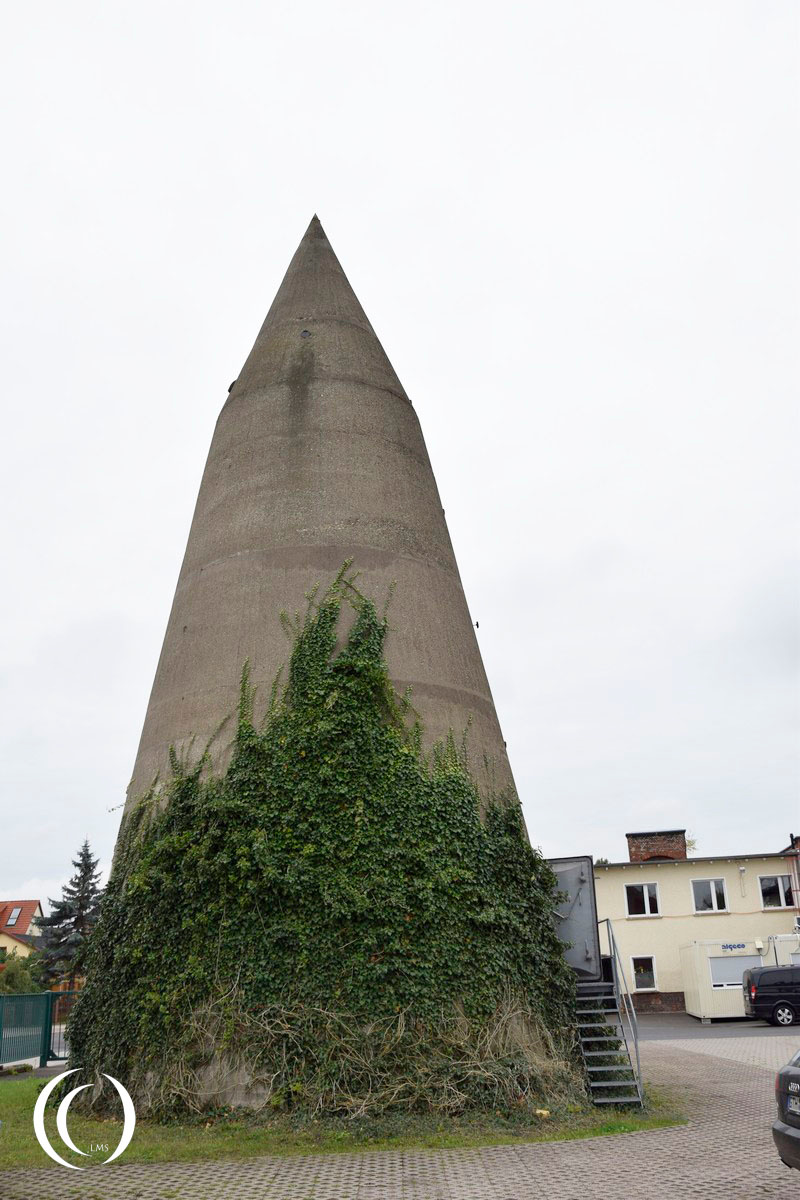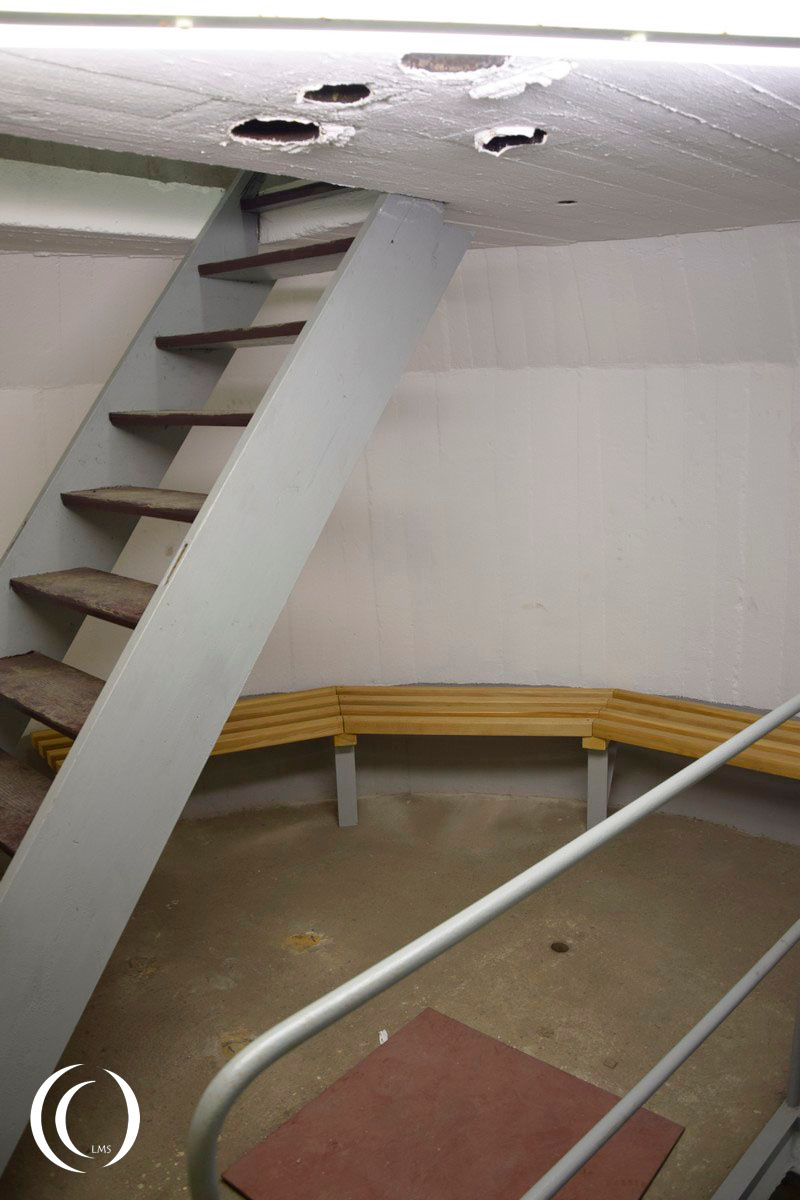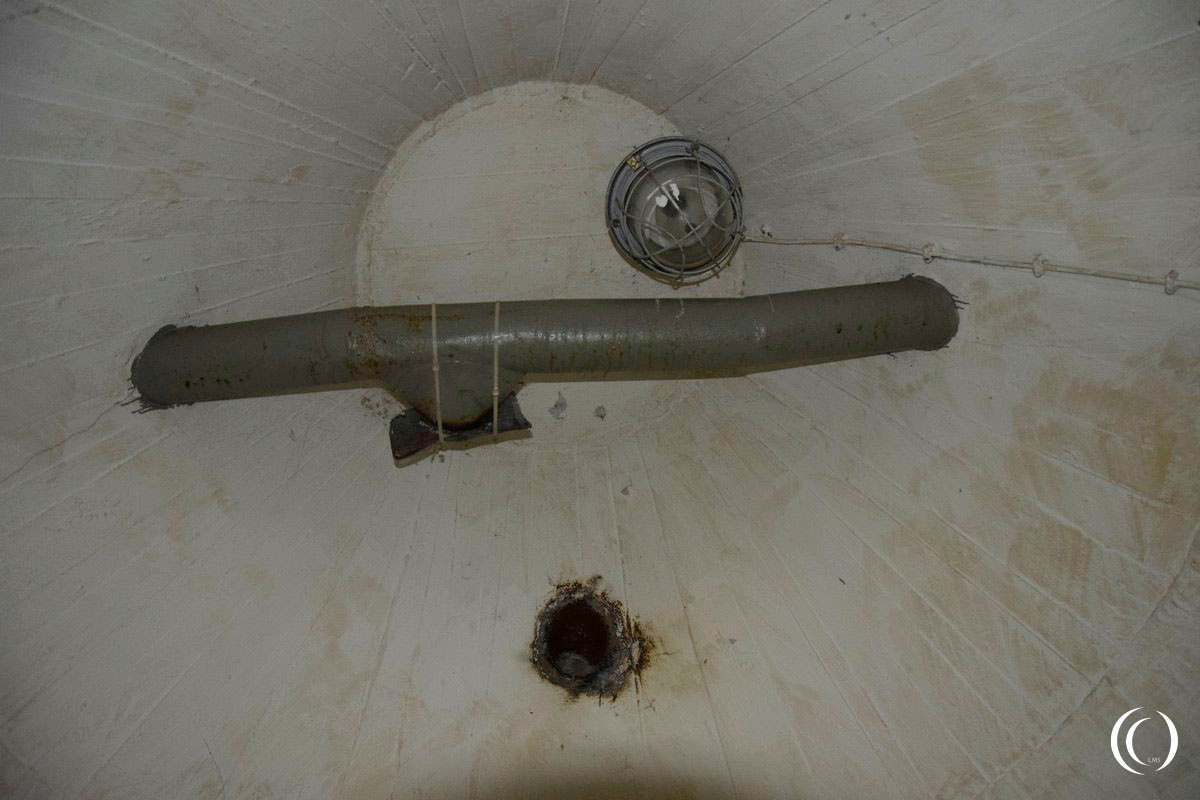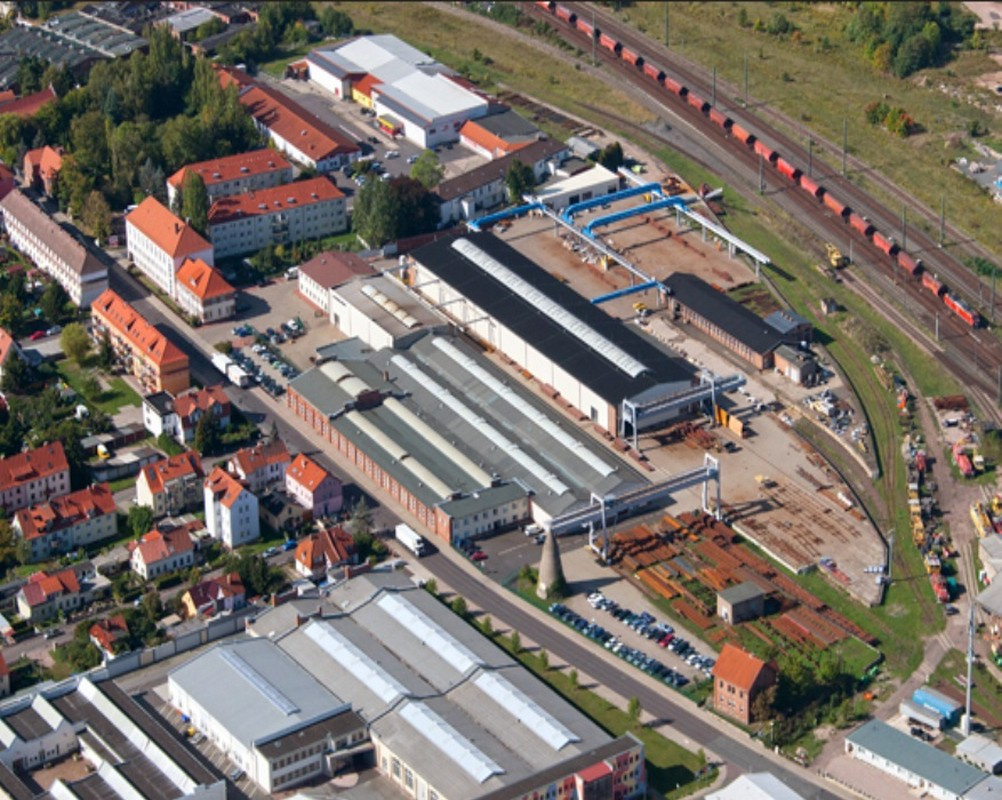
Gotha Factory
This luftschutzturm (Eng. Air raid shelter tower) is built in the German town of Gotha near the Gothaer Waggonfabrik during World War Two and on the Reichsbahnausbesserungswerk (Raw/RAW) grounds (Eng. Reichsbahn repair shop in short Raw or RAW). The Gotha wagon factory is a manufacturer of rolling stock established in 1880. During World War One the factory switched to bomber-, utility- and seaplanes. During the interwar years the Gotha Waggonfabrik turned back to rolling stock trams and cars.






Before and during World War Two Gotha contributed to developments and innovations for the new Luftwaffe. They developed and produced the Gotha 145 trainer aircraft (1182 built). They started to construct and develop aircraft again when the Nazi’s came to power in 1932. The first aircraft during this era rolled off the production line in 1935, several types of Gotha aircraft were developed during the war. They built the Messerschmitt Bf 110 and Heinkel He 45 under license. But the most innovative design came from the Horton brothers. They made a full-fledged flying wing in two types. One version was propeller powered and the other was a high end flying wing jet Ho 229, or Gotha Go 229 or Horten H.IX, in English. Its maiden flight was in 1943. Next to Gotha this jet flew test sorties at the Oranienburg Flugplatz north of Berlin.

Winkel Luftschutzturm
The Gotha Waggonfabrik made the city a possible target for Allied bombing raids and the German and forced labor workforce had to be protected. A bomb proof bunker was built on the factory terrain to protect the technicians. This particular hochturm (Eng. high tower) was built with the bauart Winkel (Eng. Winkel construction style). The Winkel Luftschutzturm came in 16 types, they were round and slender with a pointy tip. Bombs should bounce off the top and explode next to the bunker on ground level. The round construction would guide the force of the explosion around and away from the structure. This Winkel bunker was built on the RAW terrain for the laborers to take shelter when the allied bomber formations closed in on Gotha. It is doubtful whether the forced laborers could use the tower bunker or had to find their own safety somewhere else.











This hochbunker was built on the Deutsche Reichsbahn RAW repair shop grounds but today a large part of the original factory where the German Empire’s railroads were maintained and fixed in and around Gotha is in disrepair. A large section of the former repair shop is taken over by other companies but still they are involved in the Rail or turnout works.These workshops could be found back in the days around the German rail road network all over the country.
Visit
Well, no you can’t, sorry but it is not possible! The Winkel turm is located on the Voestalpine factory grounds, originally an Austrian company. It is on private property and therefore it is off limits.
